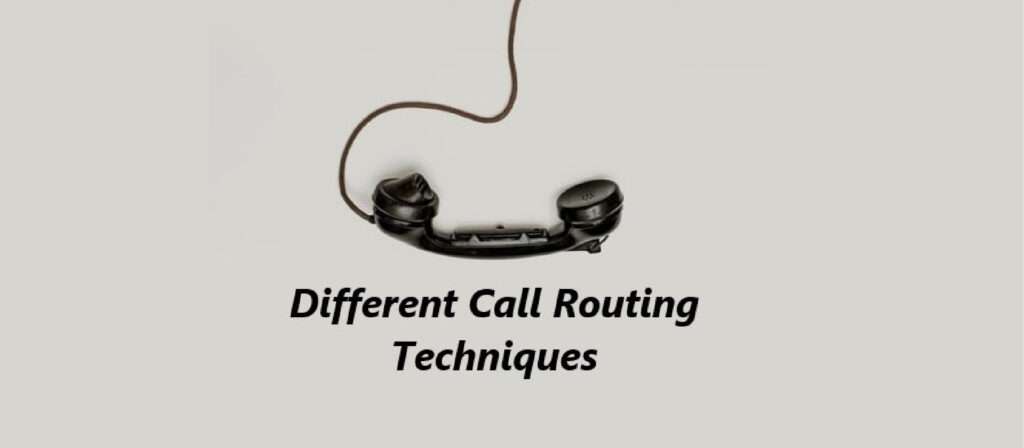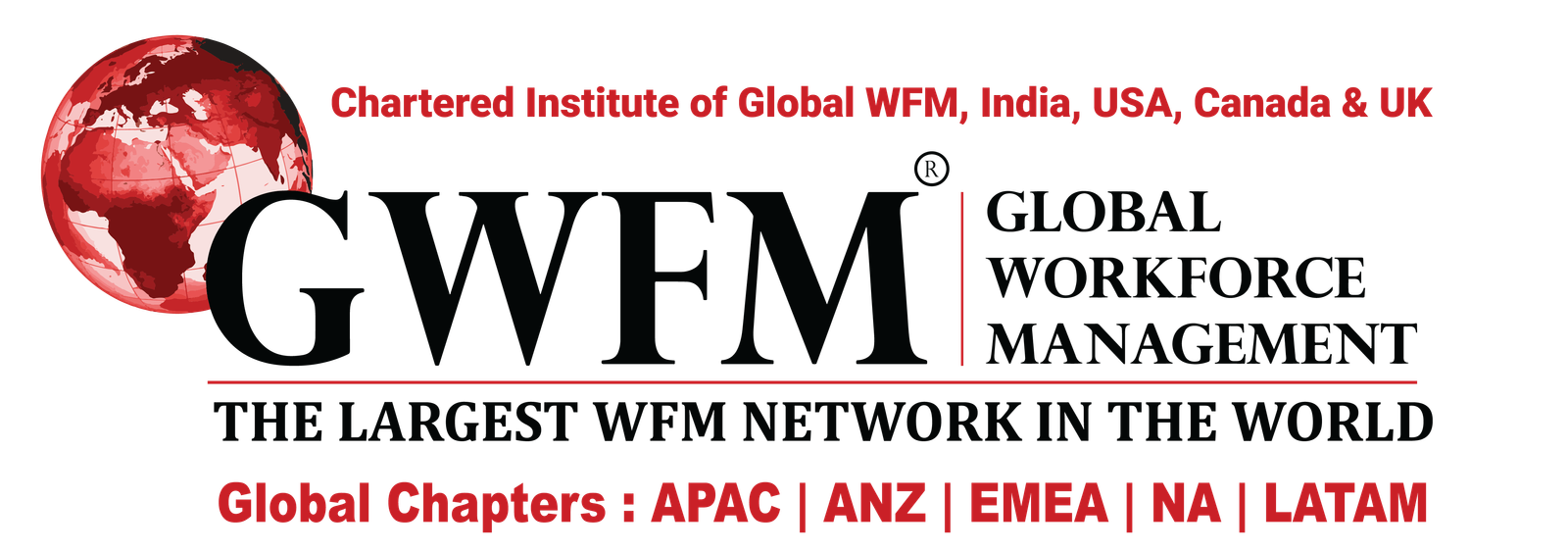Introduction to Call Routing Techniques

Connecting customers to the agents as quickly as possible is the first most important requirement of a contact center. Connecting them to the right agent is also equally important.
This can be done only through a better Call Routing Technology. Today, in this article we are going to look at different call routing techniques available for a contact center mainly for the inbound queue.
The Call Routing System which is otherwise also known as Automatic Call Distributor (ACD) is a tool or software which routes the customer call from IVR (Interactive Voice Response) to the right agent according to the pre-defined algorithm. The pre-defined algorithm defines the type of call routing system which is what we are going to discuss in this article.
The main benefit of using the right method of call routing is optimisation of human resource which can save a lot of money to an organisation. The identification of which call routing strategy will benefit your organisation depends upon the desired service level type, technical capabilities, cost to build the strategy etc.
How does Call Routing Works?
Usually, in contact centers, a Voice over Internet Protocol (VoIP) phone system is used along with Computer Telephony Integration (CTI) to create a IVR and Call Routing system.
In simple words, the customer calls the contact center, reaches the IVR, selects appropriate options in IVR and either the query is solved in IVR or the call gets connected to an agent.
Some of the information used to determine the routing techniques are:
- Caller ID – Unique ID or the phone number of the customer
- Time of the day – The time zone of both caller and the contact center
- Location – The location of the caller
- IVR – Pre-defined options which will help the caller to reach appropriate department
- Self Service – Most of the basis queries are answered in IVR using the Artificial Intelligence
- Agent Skills – Depending upon the options selected in IVR and depending on the customer profile, the call will be routed to appropriate agent.
Types of Call Routing Techniques
- Most Idle/Least Occupied Routing
This is the most common type of Call Routing method where an agent with most idle time gets the call first at the time of call arrival. This type of call routing is used by the call center where the agents are universally trained on the process without any special callers. This method is also called Least Occupied technique since the agent with most idle time will have the least occupancy at the time of call arrival.
- Skill Based Routing
The second most common call routing techniques is Skill Based Routing. In this method, agents are separated according the special skills. The special skills could be process based (e.g. Tier 1, Tier 2 etc.), language based (e.g. English, French, Spanish etc.) and many other skills depending upon the business requirements. When the IVR identifies the type of customer calling, the call will be routed accordingly to the right agent. For e.g. Customer may be Spanish speaker whose call will be directed to Spanish speaking agent.
- Department Based Routing
In this routing method, the calls are directed to the respective department according to the customer’s selection in IVR. The departments could be Sales, Service, Billing, Technical support etc. When a customer calls the contact center, he/she has to go through the IVR to select some pre-defined options. According to the department selected, the calls will be routed to the right agent of that department.
- Value Based Routing
Value based routing, also known as Smart Routing, is the technique of redirecting the call basis the customer value. Customer value can be details such as Demographics, previous action on the call, potential frustration or lower customer satisfaction. Data is analysed by the system according to the value of the customer and the call is directed or routed to the most appropriate agent. The Value Based Routing sometimes can also be referred as Business Rules Routing.
For e.g. A customer’s call who had given low score in the survey during the previous call may be directed to the escalation team directly instead of the front-line agent.
- Geography Based Routing
This is a type of routing where the system identifies the caller location through GPS and the phone number of the customer. The call is then routed to the respective location. This type of routing works when a contact center has multiple branches to support all the location of the customer base.
- Data Directed Routing
Data directed routing is an intelligent routing technique where the call might be routed to appropriate department depending upon the customer’s data. For e.g. a customer may call for a credit card query, but his bill may be overdue from a long time. This is identified by the system and the call is automatically routed to the collections department. This may also happen in case of frustrated customer whose call can be directly routed to escalation team, though the customer selected a different option in IVR
- Round Robin Routing
Round Robin call routing is a technique where the call is distributed evenly across the agent one by one. When a call arrives from the IVR, the system identifies the agent who took the last call and then directs the call to the next agent. The next call then goes to the next agent. The order of agents who would take the call is predefined in the system. The major disadvantage of this method is uneven distribution of wait time as the caller might wait for that particular agent to answer.
- Multimedia Routing
In today’s world, a customer may contact the call center using multiple media such as e-mail, chat etc. The Multimedia routing is a technique where the other media is converted to a call. This type of routing would be mainly Outbound. For e.g. A customer will send an email to the contact center and as soon as the email is received, an outbound call will be placed by the system and the agent will speak to customer.
Conclusion
The above-mentioned Call Routing techniques are some basic types which are still widely used in many contact centers.
Though we have seen different call routing methods above, sometimes the call may get misdirected to a wrong agent. The agent then would politely assist the customer by transferring the call to the right department. This may lead to customer dissatisfaction. This is the only major drawback of the call routing techniques which is inevitable.
However, with the recent development in Machine Learning and Artificial Intelligence, many advanced Call Routing Techniques are built which are proving to be really useful in optimising the operations of a contact center.
Thank you for Reading and Stay Tuned????
Disclaimer: This article is purely my personal view and understanding, this doesn’t depict any organisation data




Responses